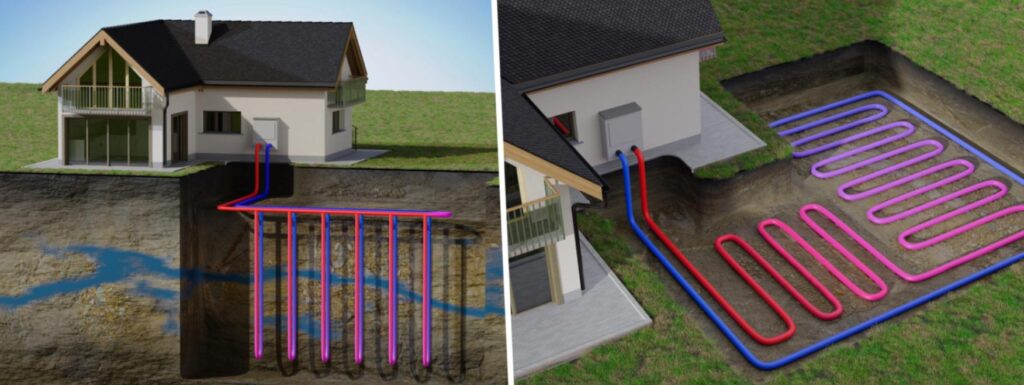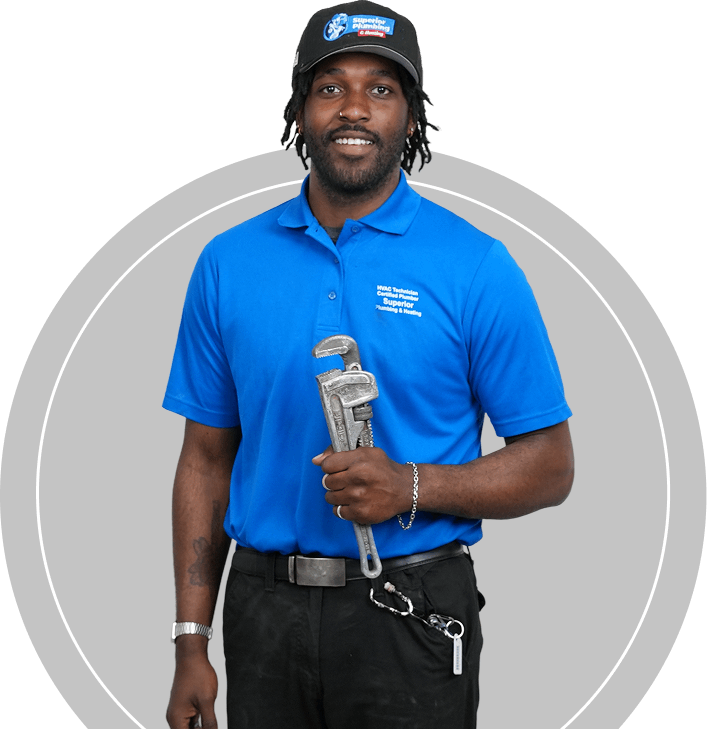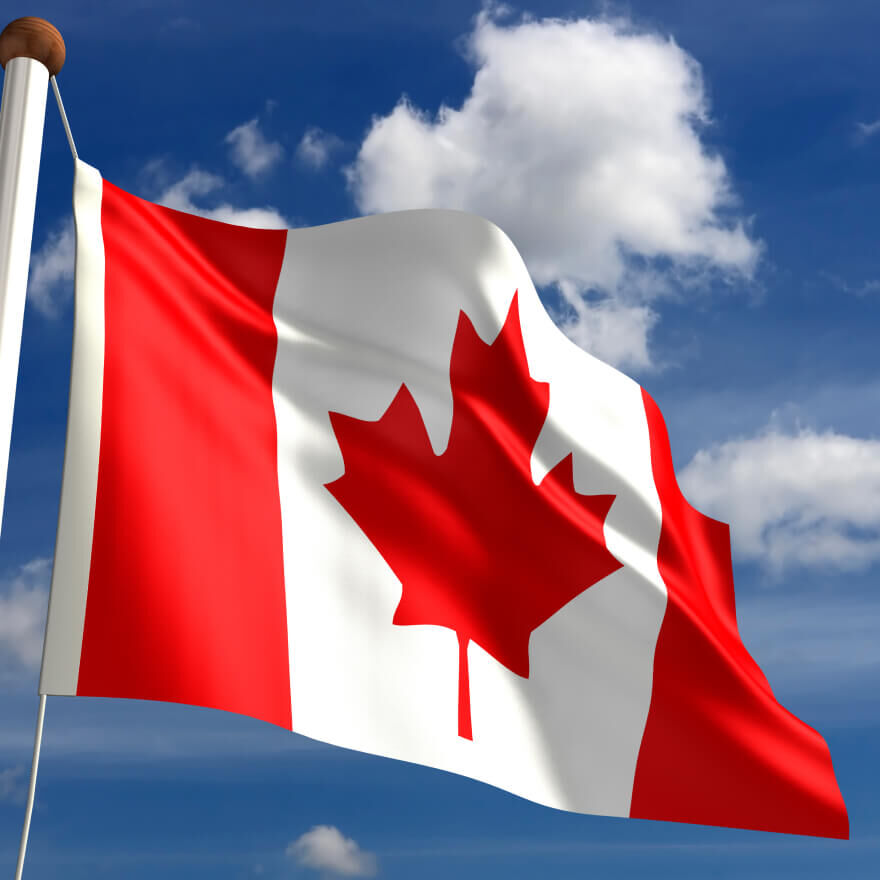Geothermal heat pumps are gaining popularity among Canadians seeking long-term, energy-efficient heating and cooling solutions. Utilizing consistent underground temperatures, they offer efficient climate control throughout the year. A key decision for homeowners before installing a geothermal heat pump is whether to choose a horizontal or vertical loop system. Each has distinct advantages and disadvantages depending on factors like property size, soil conditions, climate, and budget.
How Geothermal Heat Pumps Work
A geothermal system uses a ground loop—pipes buried underground filled with antifreeze or water—to absorb heat from the earth in winter and release it back in summer. These loops are connected to a heat pump inside your home, which manages heat exchange and circulates warm or cool air. The loop can be installed either horizontally in shallow trenches or vertically in deep boreholes, depending on available land and site conditions. While the basic function of both loop types is the same, their design, installation method, and overall impact on your property differ significantly.
Horizontal Systems: When They Make Sense
Horizontal loop systems are installed in long, shallow trenches typically 1.2 to 2 meters deep. These trenches span a wide area, usually between 500 to 1500 square meters, depending on your heating and cooling needs.
This type is ideal for new builds or homes with ample outdoor space, particularly in rural or suburban settings. Because excavation is less specialized than drilling, horizontal systems are often more affordable.
Advantages:
- Lower installation cost due to simpler excavation
- Easier maintenance and accessibility for future repairs
- Excellent for large lots and undeveloped land
Disadvantages:
- Requires significant yard space
- Efficiency can drop during severe surface temperature swings or frost
Typical Cost Range: $20,000–$28,000 in Canada, depending on soil quality, terrain, and system size.
Vertical Systems: What to Know
Vertical loop systems involve drilling one or more boreholes straight down into the earth, typically between 60 to 150 meters deep. Pipes are inserted into these holes and then connected to form a closed loop.
Vertical systems are best suited for properties with limited yard space, landscaped grounds, or areas where horizontal trenching is impractical. Though more expensive, they’re often the only viable option in dense urban settings.
Advantages:
- Minimal surface space required, ideal for small or landscaped lots
- Stable underground temperatures provide reliable year-round efficiency
- Less impact on existing structures, trees, or gardens
Disadvantages:
- Higher installation costs due to drilling equipment and labour
- Permits or geotechnical assessments may be required before drilling
Typical Cost Range: $25,000–$35,000, influenced by depth, local regulations, and geology.
Side-by-Side Comparison
| Factor | Horizontal | Vertical |
| Cost | Lower ($20k–$28k) | Higher ($25k–$35k) |
| Land Requirement | Requires a large area | Minimal surface space needed |
| Seasonal Efficiency | May fluctuate | Highly stable year-round |
| Installation | Simpler (trenching) | More complex (drilling) |
| Permits | Rarely needed | Often required |
| Lifespan | 40–50 years | 50+ years |
Summary based on the comparison table:
Horizontal geothermal systems are generally more affordable and simpler to install, making them ideal for properties with plenty of land. However, their efficiency may fluctuate more with the seasons, and they require a larger footprint. Vertical systems, while more expensive and complex to install, offer stable year-round performance, require less surface area, and typically last longer, making them well-suited for smaller or landscaped lots where space is limited.

Additional Factors to Consider
When selecting a system, consider several key factors:
- Soil Composition: Due to varying soil types across Canada, horizontal systems can be more difficult to install in clay or rocky ground. Areas with sandy or loamy soil are usually better for horizontal systems because they are easier to dig. In contrast, vertical systems are well-suited for areas with dense or challenging soil conditions.
- Climate Zone: Regions with extreme seasonal fluctuations may benefit more from the stable deep-earth temperatures of a vertical loop.
- Accessibility for Machinery: Some remote or sloped sites may restrict the use of drilling rigs, making horizontal systems the only feasible choice.
- Existing Landscaping: Mature trees, garden beds, or irrigation systems can make trenching for horizontal loops disruptive. In such cases, vertical loop systems are often preferred, as they minimize disturbance to the existing landscape.
- Ground Freeze Depth: The typical ground freeze depth in various regions of Canada can affect the depth of horizontal loops. In colder areas, deeper horizontal trenches may be necessary to reach stable temperatures.
When a Horizontal System Is the Better Choice
Horizontal systems are optimal when:
- You own a spacious property without obstructions
- You’re constructing a new home or planning major landscaping changes
- The site is easy to excavate (no large rocks or tight access)
- You want to minimize upfront installation costs
Horizontal systems provide excellent performance and affordability for rural homes and new builds, with room to spare.
When a Vertical System Is the Better Choice
Vertical systems are ideal if:
- Your yard is small, sloped, or already landscaped
- You’re in an urban or suburban environment with limited land
- You need to preserve existing outdoor features like trees and patios
- You want high, consistent efficiency regardless of weather or soil condition
Despite the higher price, vertical systems offer flexibility and long-term savings for homes where space is limited but performance is a priority.
Cost, Payback, and Efficiency
Geothermal heat pumps, regardless of loop type, are among the most efficient HVAC solutions available. Both horizontal and vertical systems achieve a Coefficient of Performance (COP) between 3.5 and 5.0. This means for every unit of electricity used, 3.5 to 5 units of heating or cooling are produced.
Thanks to this efficiency, most homeowners recoup their installation costs within 6-10 years through energy savings. The long-term return on investment is increased even further by government programs:
- Up to $5,000 from the Canada Greener Homes Grant
- Up to $40,000 interest-free loan through federal green financing
Both systems also offer a long lifespan, with 40 to 50 years for underground components and 20 to 25 years for indoor units, making them a smart, long-term investment.
Installation Process Details
Horizontal Systems: The installation process for horizontal systems involves digging shallow trenches, laying the pipes, and then backfilling the soil. The typical installation time for horizontal systems ranges from 2 to 3 weeks, depending on site conditions.
Vertical Systems: For vertical systems, the process begins with drilling deep boreholes, followed by the insertion of pipes, and then cementing to seal the system. Vertical installations are more time-consuming, with a typical installation period of 3 to 5 weeks, depending on the number and depth of boreholes.
Environmental Impact and Sustainability
Geothermal systems are not only cost-effective but also environmentally friendly. By using the earth’s consistent temperature, they drastically reduce reliance on fossil fuels. Compared to traditional HVAC systems, geothermal heat pumps cut greenhouse gas emissions by up to 50%, especially when paired with renewable electricity.
Since both horizontal and vertical systems require no combustion and produce zero on-site emissions, they contribute to cleaner air and lower carbon footprints. Additionally, their long life cycles mean fewer materials are used over time, enhancing overall sustainability.
Investing in geothermal systems is in line with Canada’s goal of achieving zero emissions and can even increase the resale value of a home as more and more buyers are opting for an environmentally conscious lifestyle.
Which One Is Right for You?
Choosing between a horizontal and vertical geothermal loop ultimately depends on your property’s characteristics, project budget, and long-term objectives. If you have plenty of open space and want a lower installation cost, horizontal is likely your best bet. If you’re short on land or want to minimize surface disruption, a vertical system is the way to go.
Both options offer exceptional efficiency, long-term savings, and environmental benefits. Contact a certified geothermal heat pump installer to assess your yard and find the configuration that delivers maximum performance with minimal disruption.




